The thatched roof renaissance: How a dying craft got back on its feet
An industry under threat has once again caught the attention of modern architects, with young thatchers having the chance not only to work, but to develop their own particular style, says Sarah Langford.
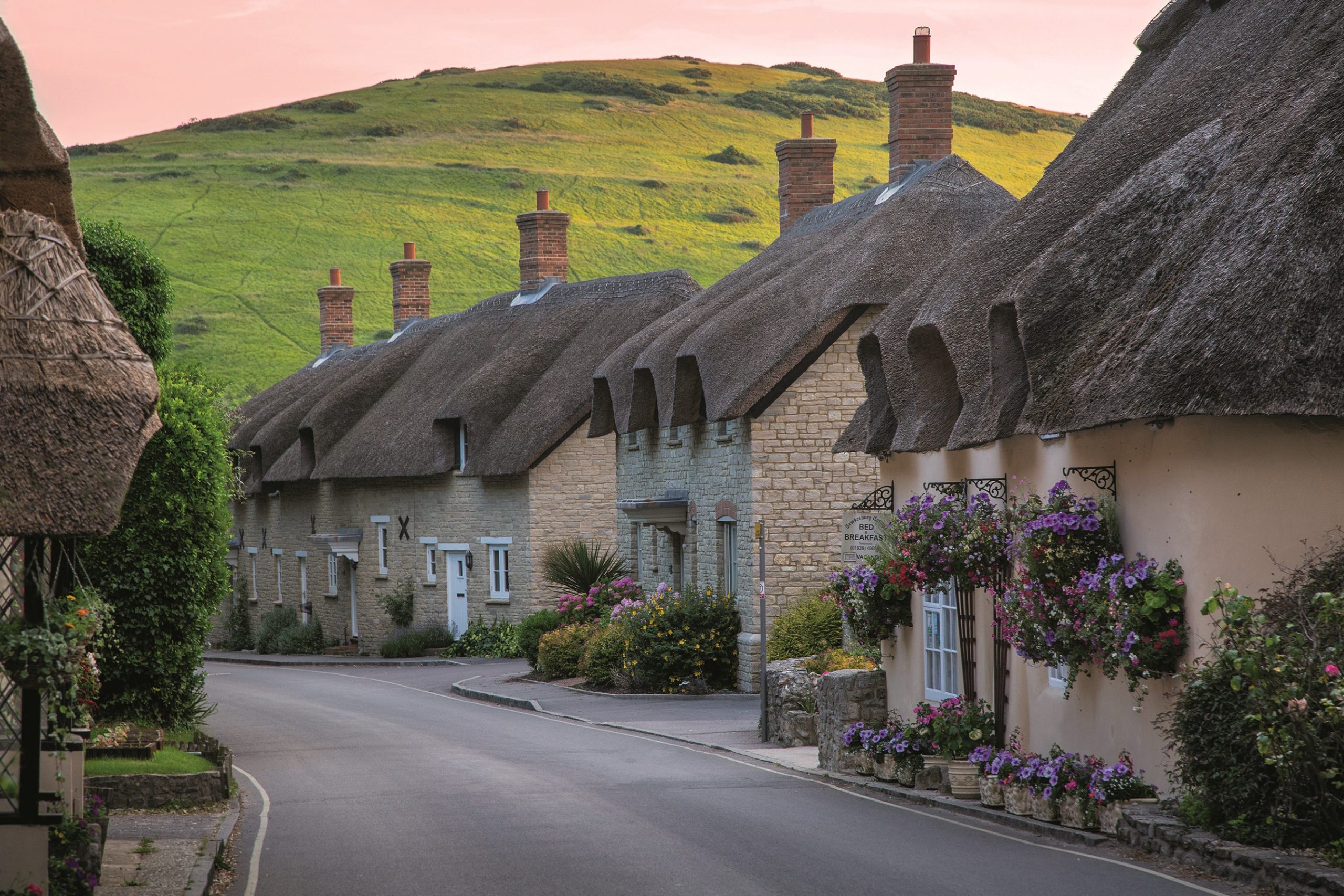
Farmer Paul Watkin once kept a wall map showing neighbouring villages, with dots marking each roof thatched in the straw he grew on his fourth-generation farm. Chair of the National Thatching Straw Growers Association, Mr Watkin is living proof that the business of thatching is still a hyper-local one. ‘We’ve had people who want to come along and see their straw being threshed,’ he says. ‘We’ve even had them come and watch it cut in the fields.’
Dominic Meek, a thatcher who has worked with the Watkins for 30 years, says that partnerships between farmer and thatcher can last decades. Now, Mr Watkin’s son, Tobias, who is continuing the family tradition, says almost all the straw is used locally. There are exceptions: ‘Three or four years ago, we took half a ton to Reading,’ he recalls, proving the point.
The Watkins’ 100-acre farm started supplying thatching straw in the 1980s, after the preceding decades brought about a sharp decline in the heritage craft. Once a by-product of grain production, thatched roofs had been a cheap and effective way of using the straw left from harvest. In the fertile soils of the lowlands, from Devon to Hampshire and up to Cheshire, old varieties of wheat and rye could grow up to 6ft tall. After the straw was cut and flailed for grain, the flattened stems were bundled into sheaths to cover the roofs of those who worked on the fields. Those who worked in East Anglia often lived under roofs of water reed, cut from the broads of the coast.
Some believed the complexity and thickness of the thatch prevented witches and evil spirits entering the home. Others saw in the pitch of a thatched roof the connection between Heaven and Earth. Whether practical or superstitious, the thatching process was a complex one. If made of straw, the roof had to be stripped of old straw, often back to the original thatch laid when the house was built, which was kept in place and the new straw laid on top. This original layer, protected from the elements by the new straw, meant that it lasted many hundreds of years.
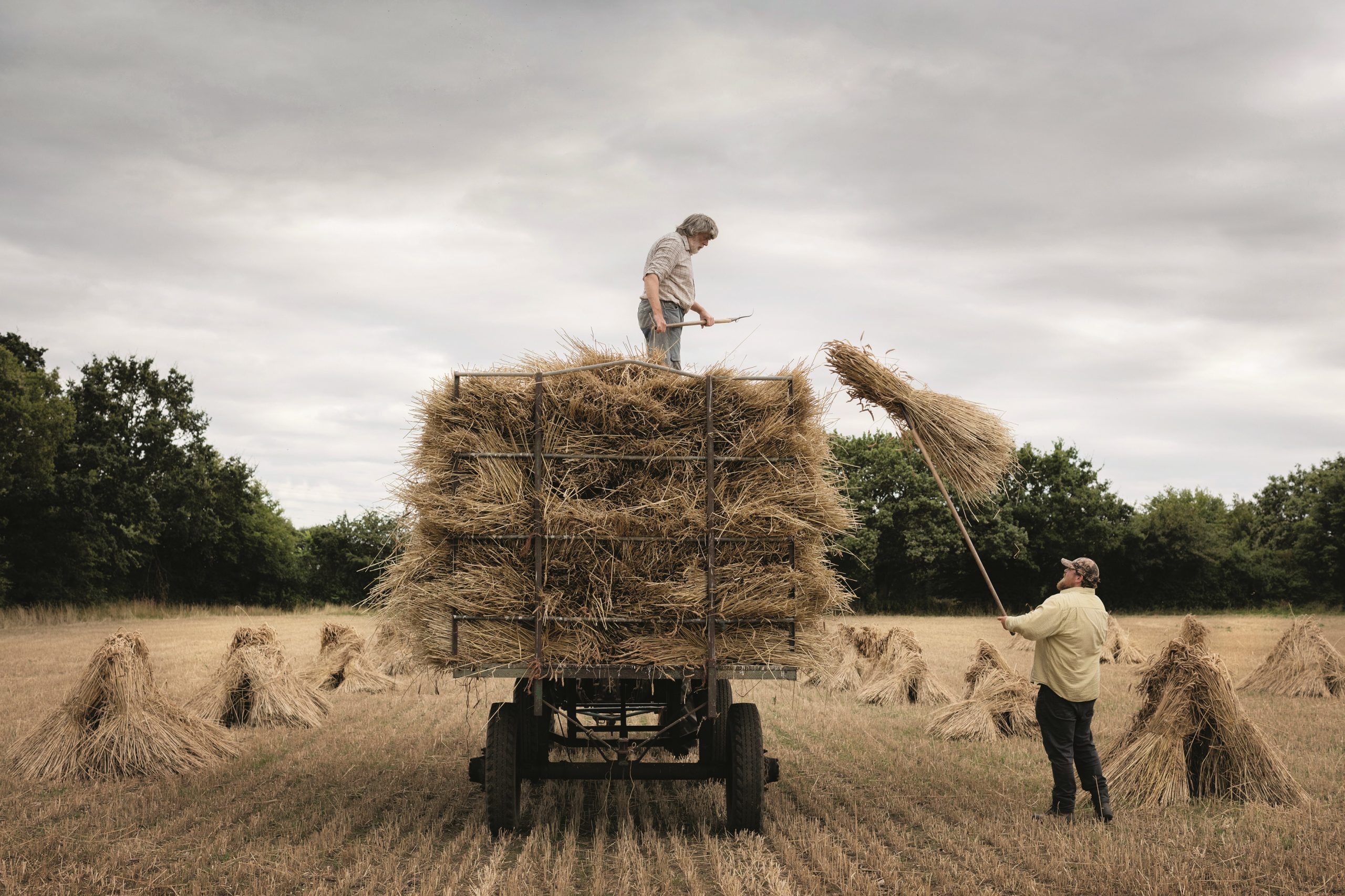
On some buildings, this ‘spar coating’ method has meant thatching more than 6½ft thick. Water reed, however, is laid in only one layer, so must be removed and replaced in its entirety. However, the advent of the combine harvester, the development of cereal varieties with shortened straw to reduce the risk of crop collapse and use of artificial nitrogen — which weakened cereal stems — all spelt bad news for the art of thatching. Together with the destruction of many old cottages and buildings in the 1950s and 1960s, there was a sharp decrease in an industry already in decline following the Industrial Revolution and use of alternative materials, such as slate and tile.
It was, in part, saved by Historic England. In the 1970s, the organisation set about ensuring that materials of historically important buildings could not be changed. A thatching revival began. Now, according to Andrew Raffle of the National Thatching Association, ‘between half and two-thirds of all thatched buildings’ have been saved through this process. It was not only the thatched roofs that were protected. The heritage crop varieties and the ancient craft of thatching, which maintained a link to our rural and cultural history that stretches back to the Bronze Age, were also preserved.
Once a poor man’s choice, re-thatching a roof is now the preserve of the wealthy. It is time-consuming and meticulous work. A master thatcher’s apprenticeship can take up to five years before they are trusted to know how to strip and re-lay material specific to a particular roof, which will then keep a home dry and warm for another five decades. There are an estimated 600–900 thatchers in the UK, a figure that has stayed more or less the same since the 1970s revival.
Sign up for the Country Life Newsletter
Exquisite houses, the beauty of Nature, and how to get the most from your life, straight to your inbox.
Clambering over roofs is a young person’s game, however, and many thatchers who were part of that revival are now reaching retirement age. Despite this, Shane Stevens, a 31-year-old, first-generation thatcher from Sussex, whose social-media videos of his craft are watched by some 531,000 followers, is buoyant about the industry’s future. ‘It’s thriving. There are a lot more thatchers about as there is the work for them,’ he believes. ‘There’s such a demand, I’ve never had a day off through there being no work.’
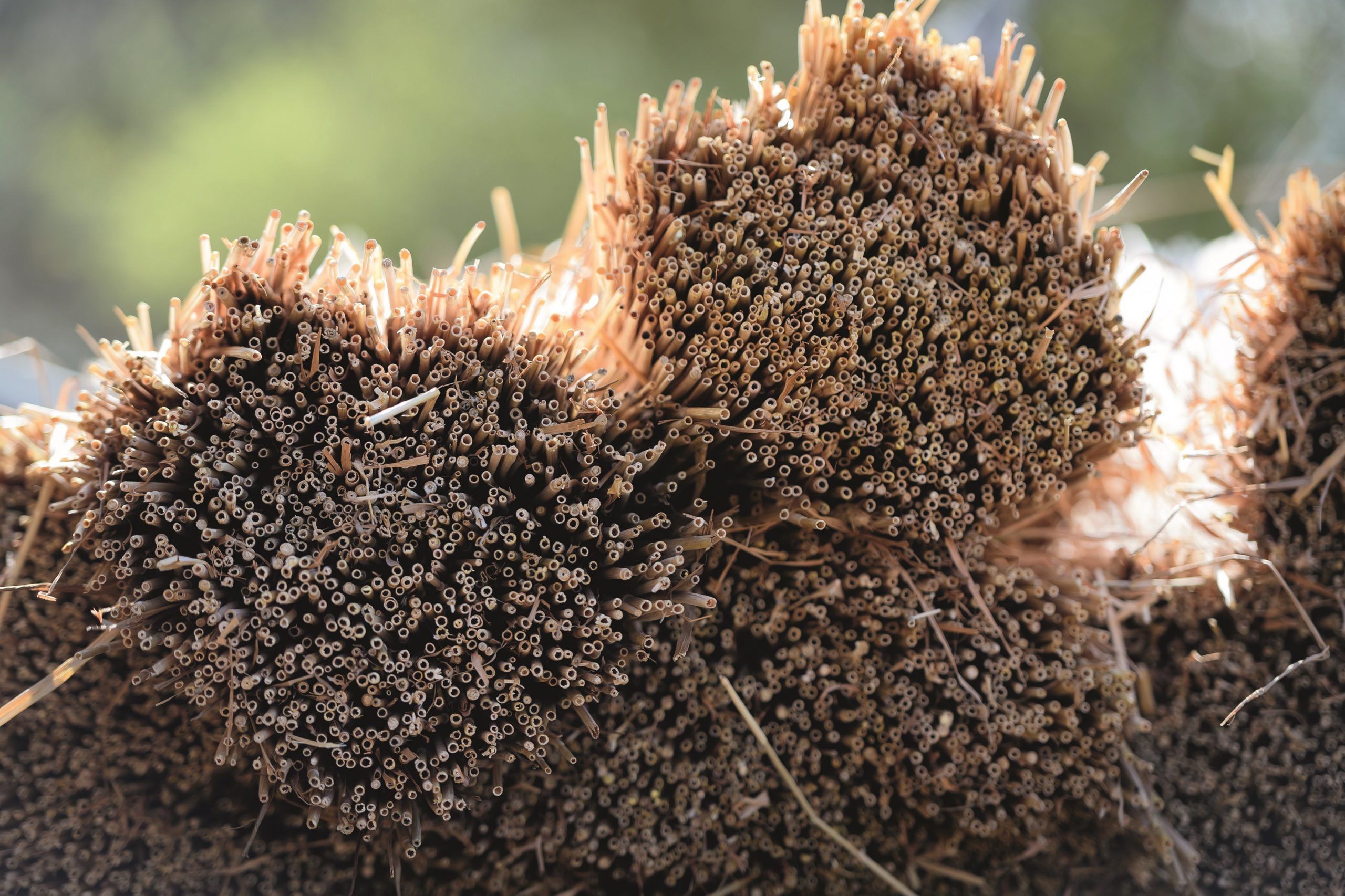
Mr Stevens is regularly contacted by those who want to become his apprentice. ‘There are both first timers and family thatchers, but a lot of youngsters are getting into it,’ he continues, crediting the lure of working outside and the creativity of the craft. ‘Each county has a different style and every thatcher does their ridges slightly differently,’ he explains. ‘I like to put a lot of effort into the woodwork detail.’
Although some regions have a thatching style — in the East, it is sharp and angular, whereas the South-West is ‘shaggier’ — there is often room for individual thatchers to express their own creativity. Joe Thornton, a thatcher working in the Cotswolds, says that there are about a dozen styles of rolled gable, but, whereas places such as Essex have their own style, where he lives, ‘it is the thatcher who puts in the detail. I can go around and tell which thatcher has done which roof’. This is passed down, adds Mr Thornton, ‘from our masters. I enjoy that aspect of it. I’ve got a particular ridge design that’s entirely mine’.
The threats facing the industry mirror those in farming: labour and climate change. Prolonged dry spells in spring and dramatic weather events meant that the Watkins’ family farm lost nearly half its recent wheat-straw harvest when it was flattened in the field. Mr Stevens, meanwhile, sometimes struggles to source the hazel—known as ‘spars’—to fix down the straw onto the roof. Brexit brought further complications in sourcing materials, particularly water reed, which is almost all imported.
However, the use of thatch is starting to catch the attention of modern architects. Mr Thornton reveals that housing developments in his part of the Cotswolds have started to build new thatched homes. Over in the East, The Enterprise Centre at the University of East Anglia used prefabricated thatch panels and, in 2015, was hailed as the country’s greenest building. More recently, The Architectural Review declared a thatching revival, referencing an increased use of the traditional roofing material within contemporary design.
With an estimated 60,000 thatched roofs still in existence in the UK, many protected by regulation, it seems the heritage craft is safe. Now, thanks to better understanding of the material’s ecological and insulating credentials, its use in contemporary buildings might ensure this stays the case long into the future.
Sarah Langford is the author of ‘Rooted: How Regenerative Farming Can Change The World’ (Penguin, £10.99)
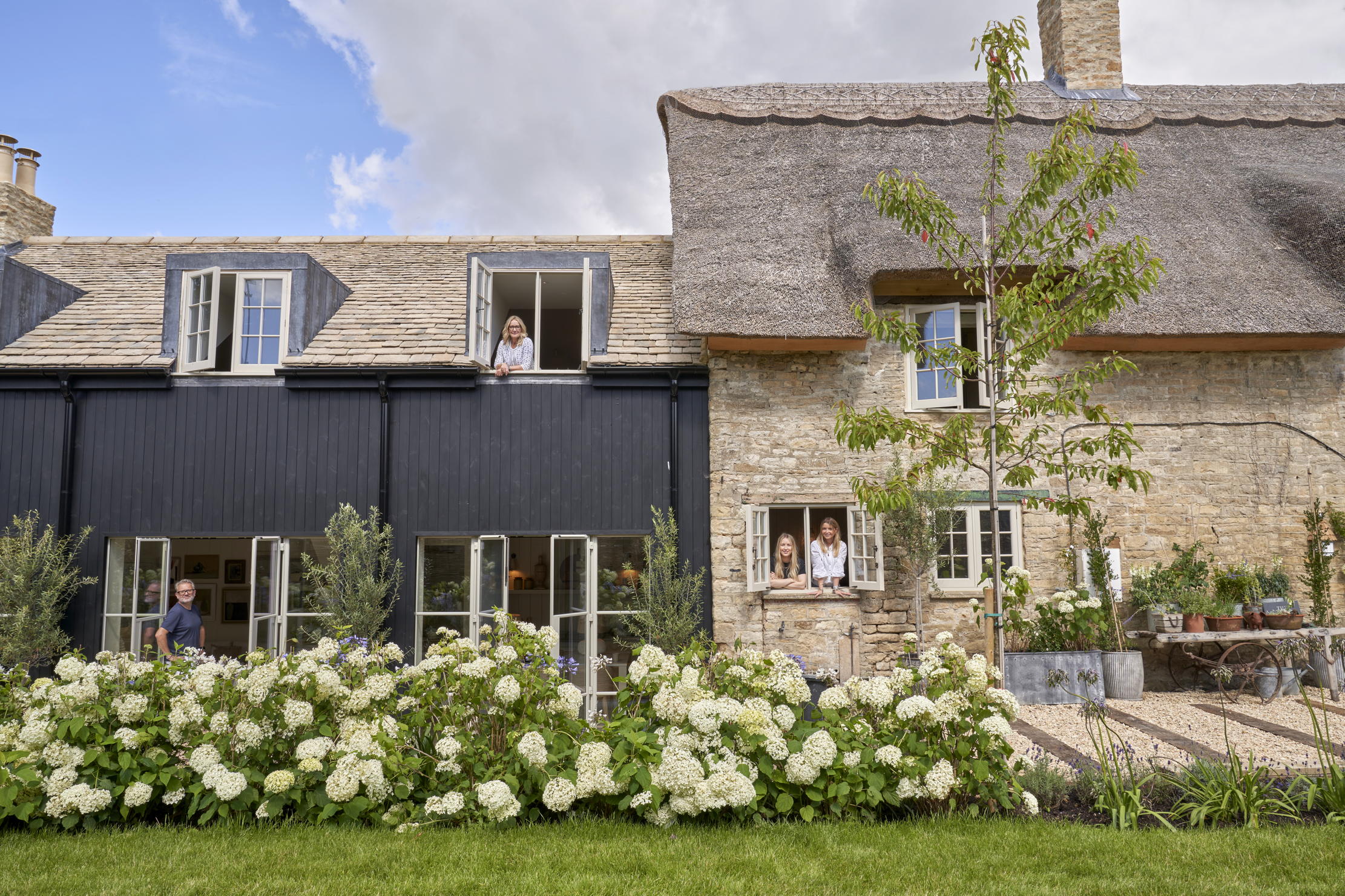
How to make a Super Cottage, by designer Bee Osborn
There’s no reason why a small house shouldn’t feel like a big one, says interior designer Bee Osborn.

Ten gorgeous thatched cottages for sale across Britain, from under £500,000
Our pick of the best thatched cottages and houses for sale today across England.
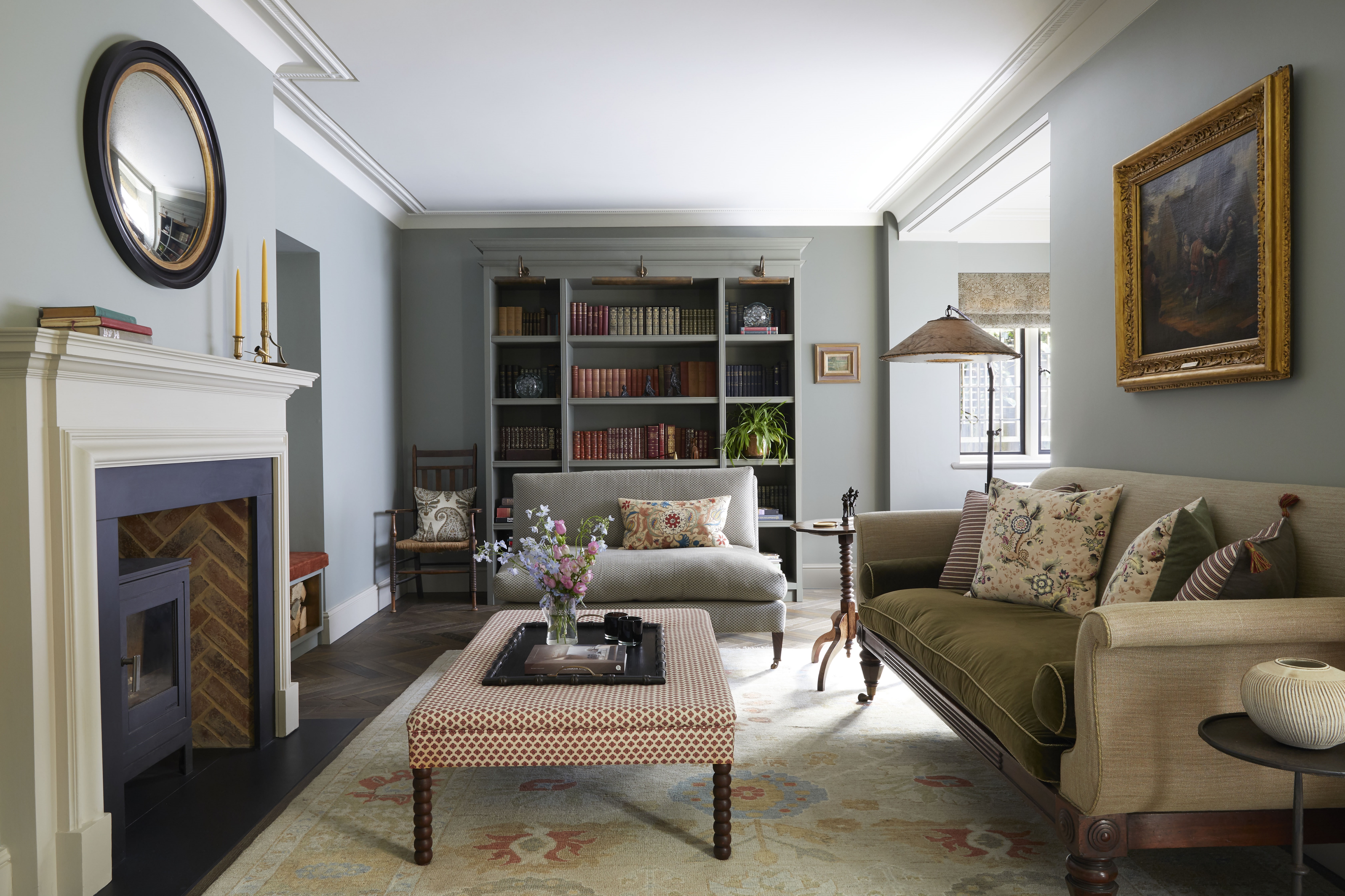
The secret to transforming an awkwardly shaped room
Cave Interiors turned the awkwardly shaped sitting room of an Edwardian house into a warm and welcoming space.
-
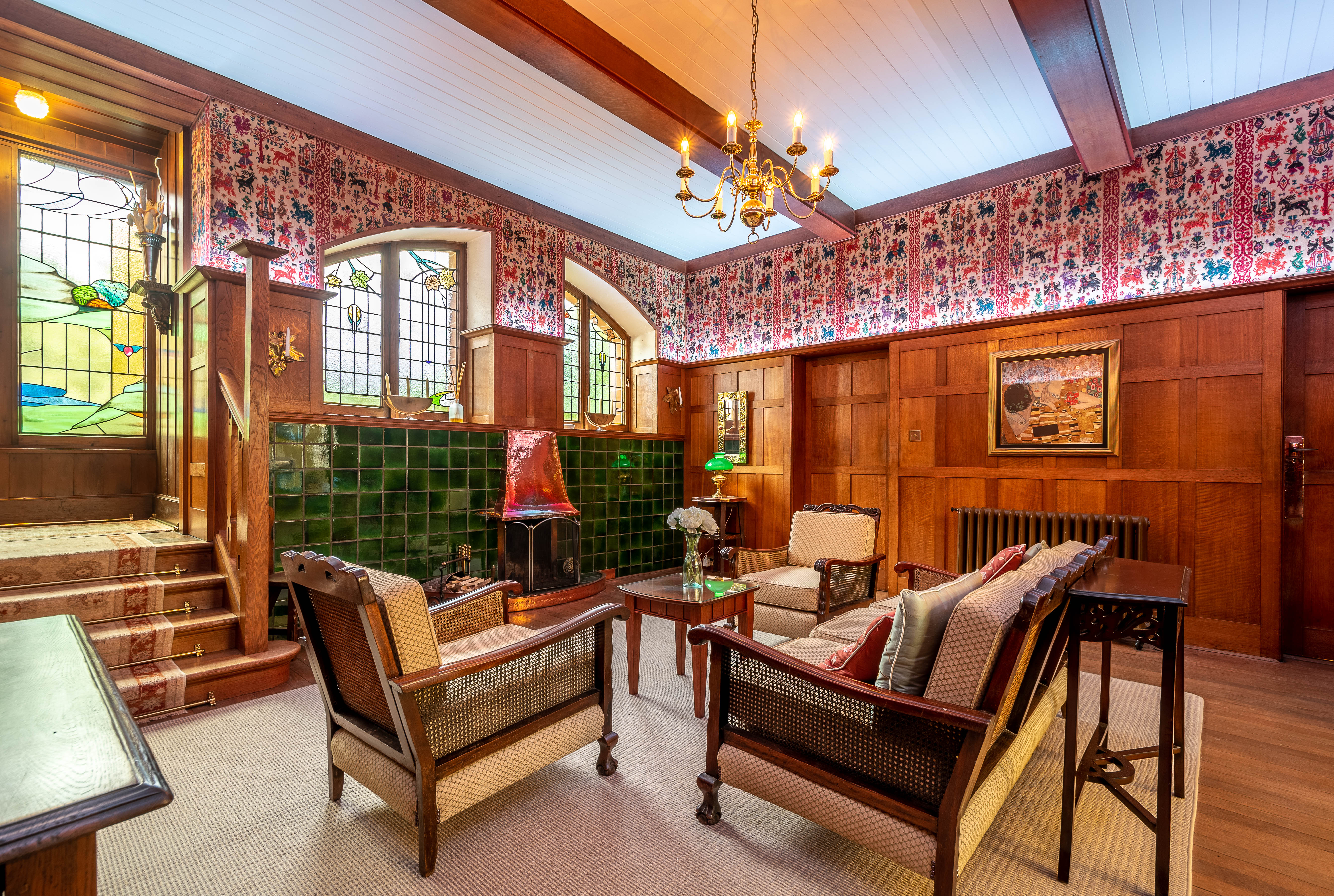 Seven of the UK’s best Arts and Crafts buildings — and you can stay in all of them
Seven of the UK’s best Arts and Crafts buildings — and you can stay in all of themThe Arts and Crafts movement was an international design trend with roots in the UK — and lots of buildings built and decorated in the style have since been turned into hotels.
By Ben West Published
-
 A Grecian masterpiece that might be one of the nation's finest homes comes up for sale in Kent
A Grecian masterpiece that might be one of the nation's finest homes comes up for sale in KentGrade I-listed Holwood House sits in 40 acres of private parkland just 15 miles from central London. It is spectacular.
By Penny Churchill Published
-
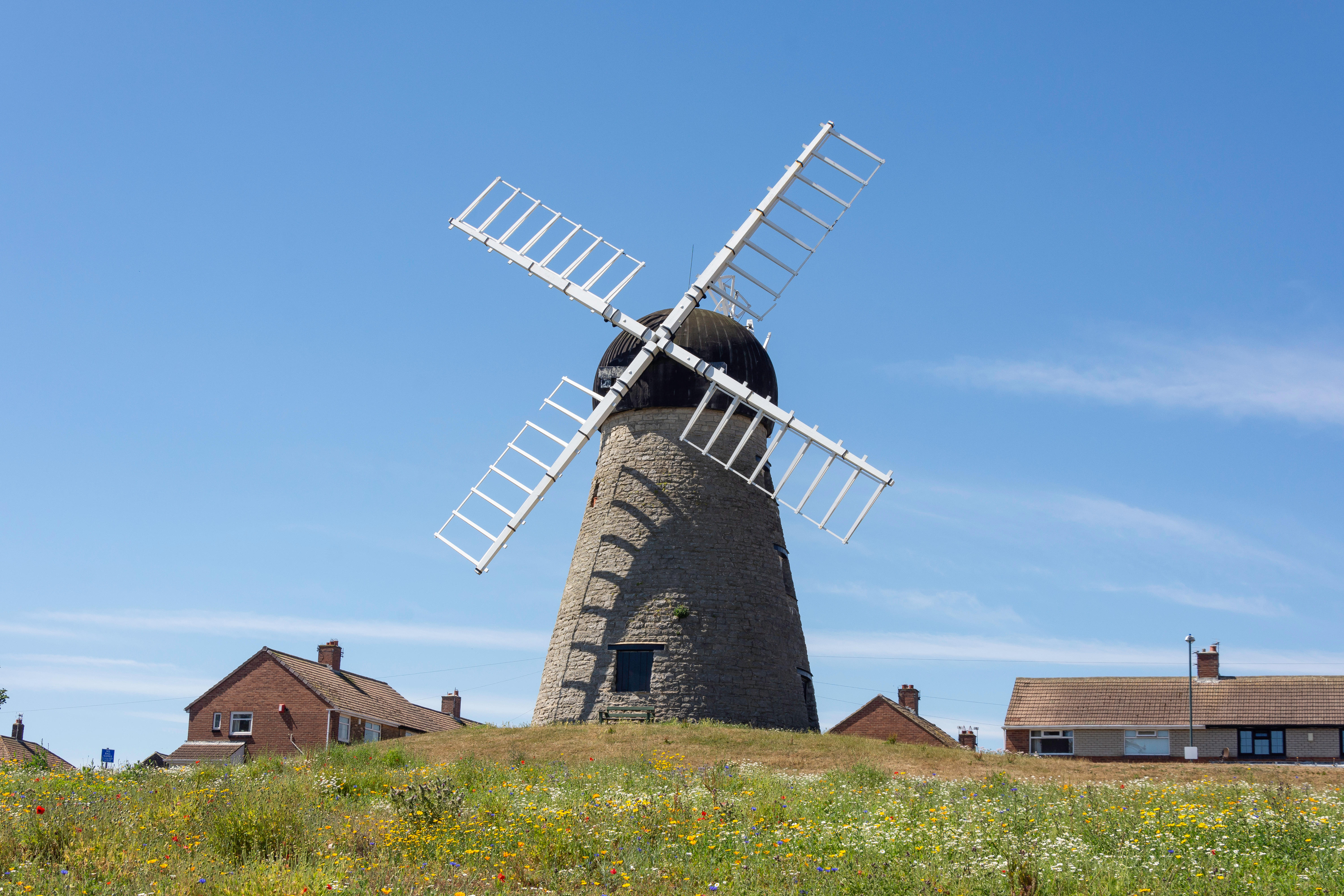 The 'best places to live' ranking that lists all 1,447 towns, cities and large villages in England and Wales — who is this year's winner?
The 'best places to live' ranking that lists all 1,447 towns, cities and large villages in England and Wales — who is this year's winner?Redbourn has been named the best place to live in the country.
By Annabel Dixon Published
-
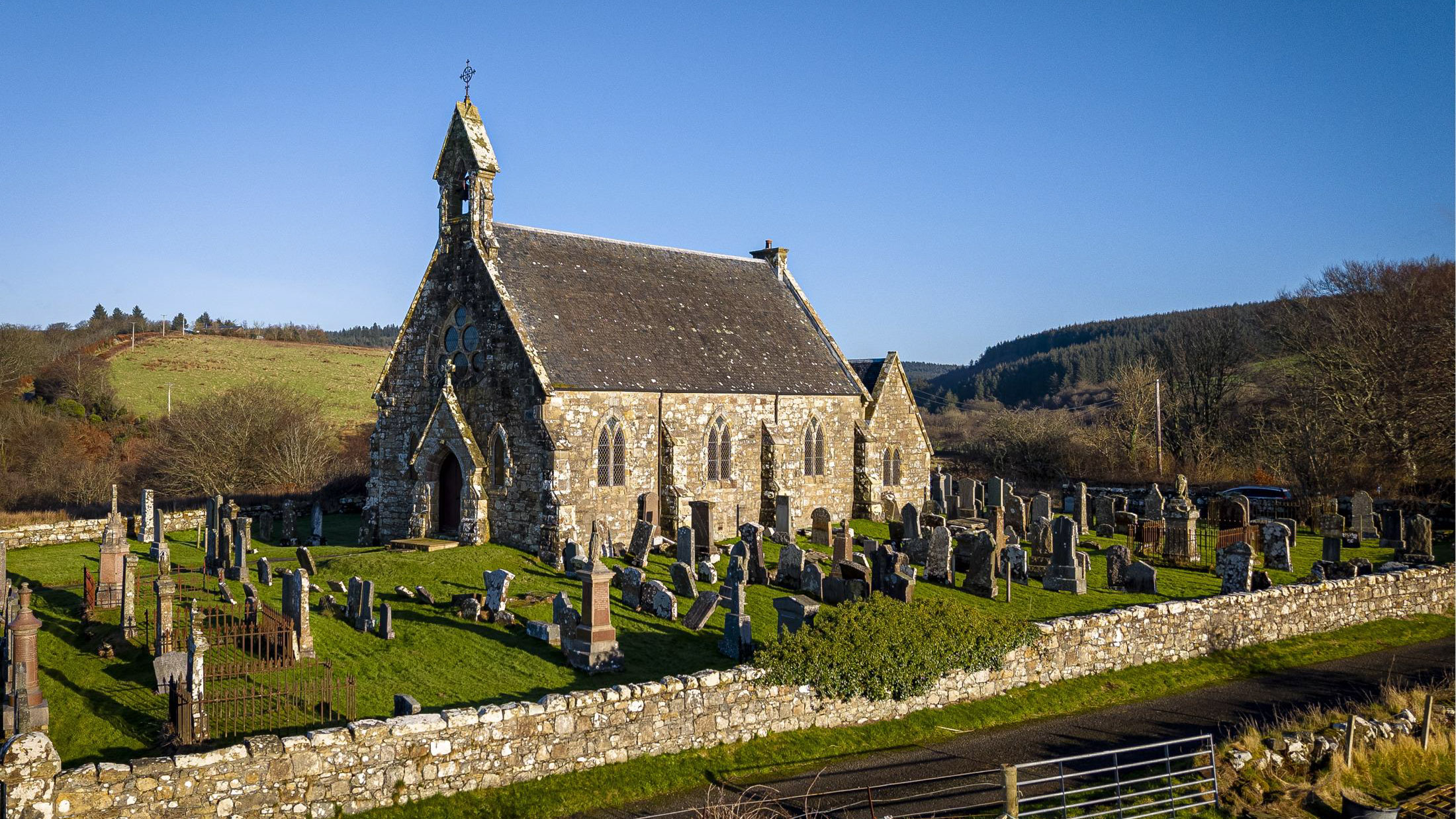 Some of Scotland's most beautiful churches are being sold off for as little as £40,000 — but a word of warning before you take the plunge
Some of Scotland's most beautiful churches are being sold off for as little as £40,000 — but a word of warning before you take the plungeLucy Denton examines how best to help former church buildings thrive as times move on and property changes hands.
By Lucy Denton Published
-
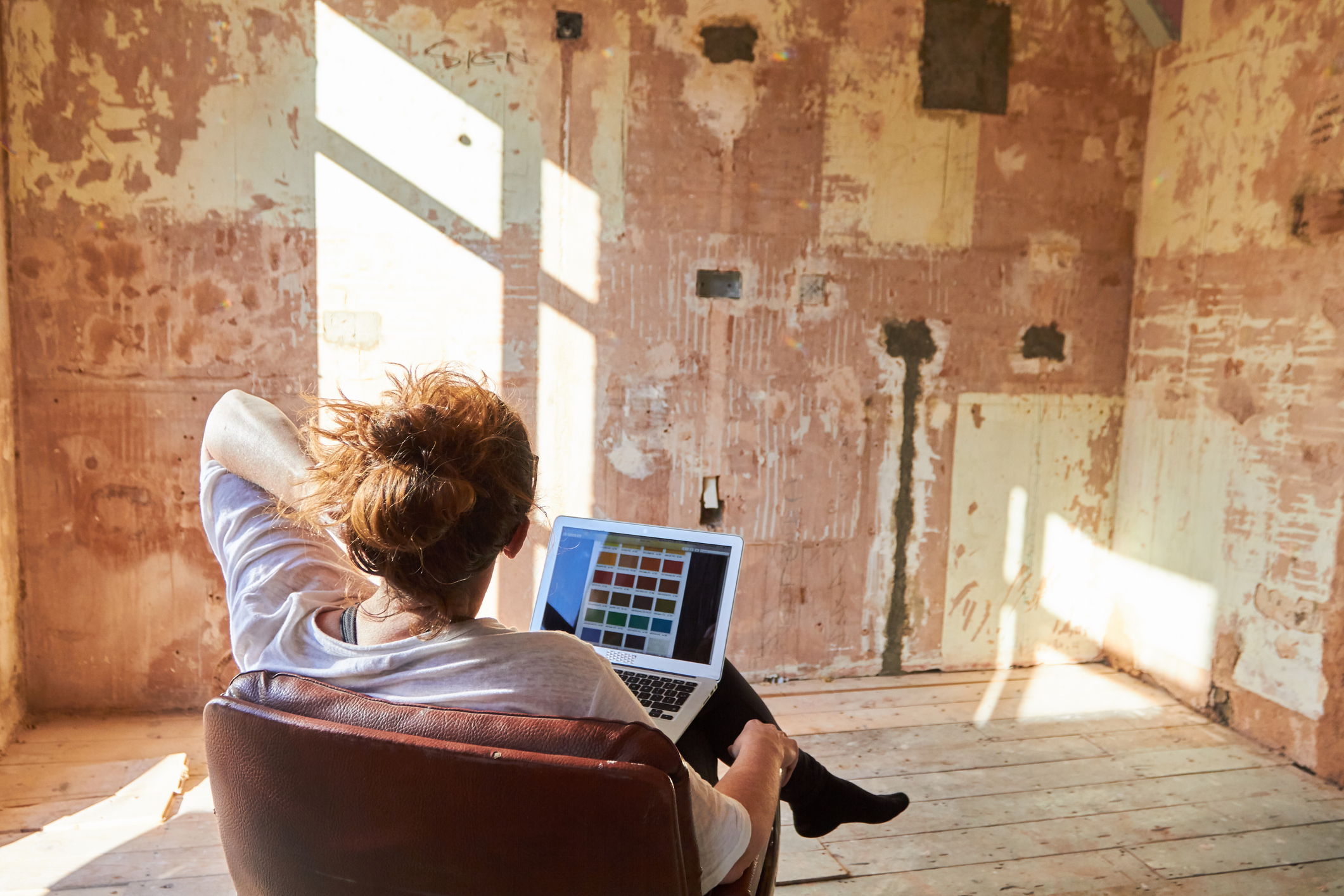 Two-thirds of us buy a house and immediately set about refurbishing it
Two-thirds of us buy a house and immediately set about refurbishing itWe spend more buying our houses than on anything else in our lives — yet the first thing we do on moving in is set about changing the place. Annabel Dixon takes a look at what we do and why.
By Annabel Dixon Published
-
 The Catch-22 that's clogging up the housing market? The over-50s sitting in half-empty houses while young families struggle to find homes that are big enough
The Catch-22 that's clogging up the housing market? The over-50s sitting in half-empty houses while young families struggle to find homes that are big enoughWhile the vast majority of empty nesters living in larger properties don’t intend to downsize, upsizers are struggling to climb up the housing ladder, says Regency Living.
By Annabel Dixon Published
-
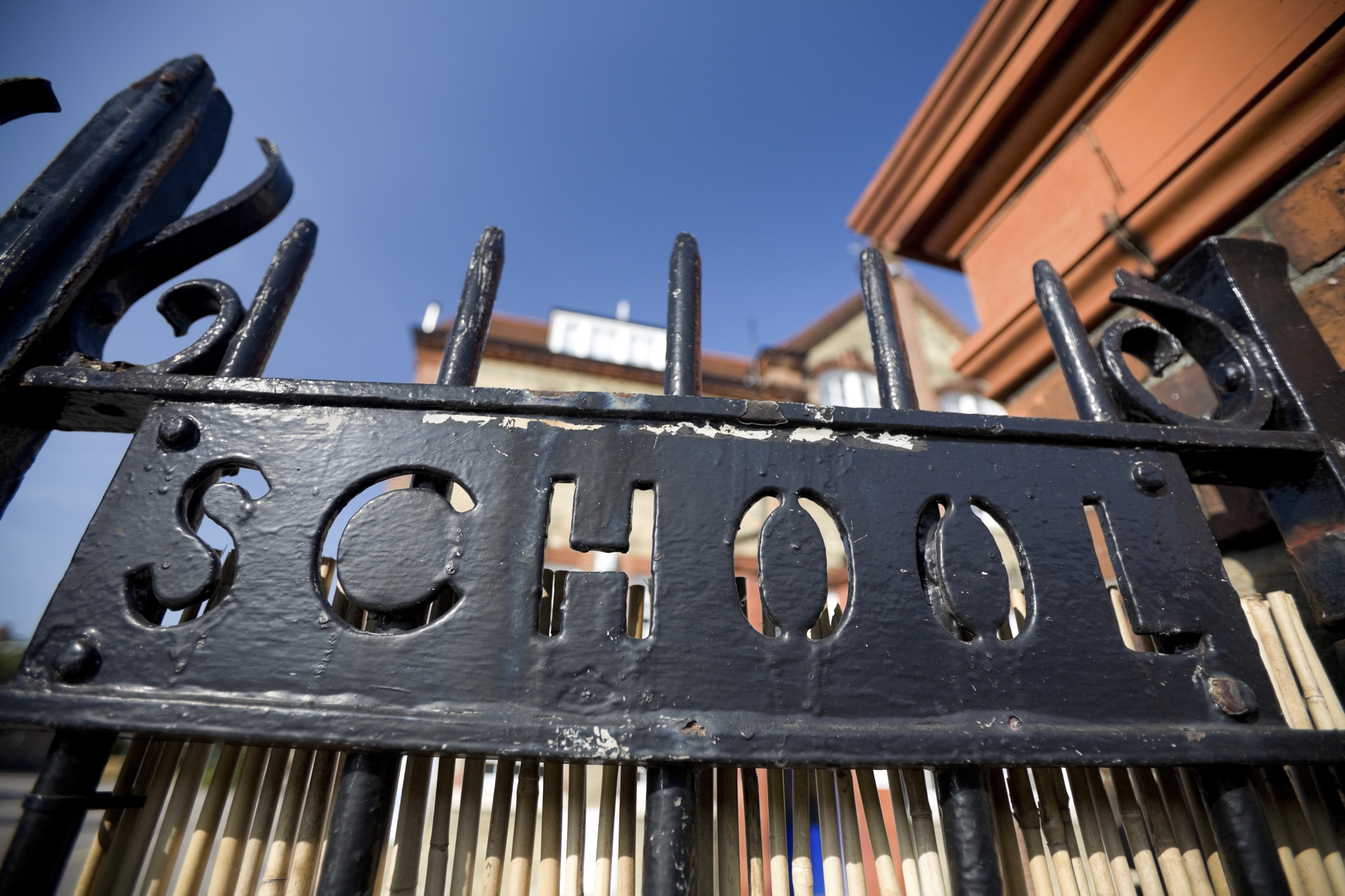 More than a quarter of parents 'bend rules or even lie' to get their children into the right school
More than a quarter of parents 'bend rules or even lie' to get their children into the right schoolA survey by Zoopla reveals just how far parents are prepared to go to get their child into a top school. So, what would you do?
By Annabel Dixon Published
-
 More than a quarter of property sales collapsed in 2024. Here's why.
More than a quarter of property sales collapsed in 2024. Here's why.The most common reason for sales falling through last year? Buyers pulling out or failing to renegotiate the purchase price following a property survey.
By Annabel Dixon Published
-
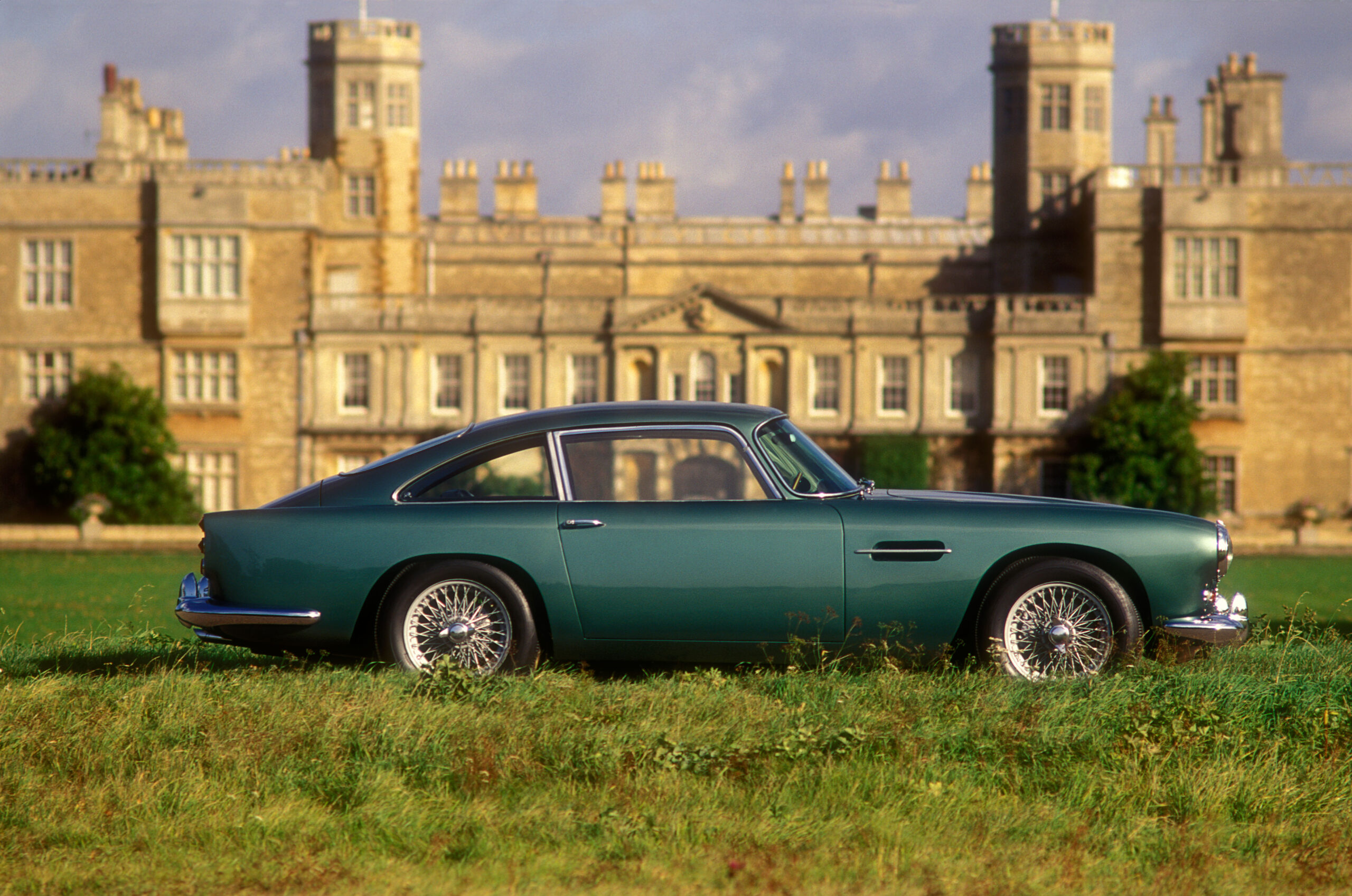 'Like living in an episode of Top Gear': The beautiful rural spots where people use McLarens and Ferraris to pop down to the shops
'Like living in an episode of Top Gear': The beautiful rural spots where people use McLarens and Ferraris to pop down to the shopsUsing exclusive data compiled by Savills, Anna White takes us through the rural districts where you'll find the most supercars, and reveals the extreme lengths owners will go to look after them.
By Anna White Published
-
 Going up? The property market's top experts on what will happen to house prices in 2025
Going up? The property market's top experts on what will happen to house prices in 2025After a jam-packed year, could a brighter and more stable housing market be around the corner? Here’s our round-up of house price predictions from those in the know.
By Annabel Dixon Published
